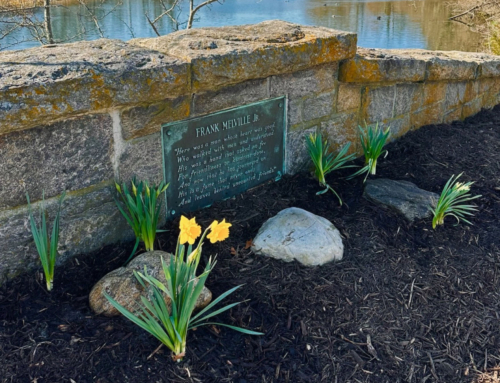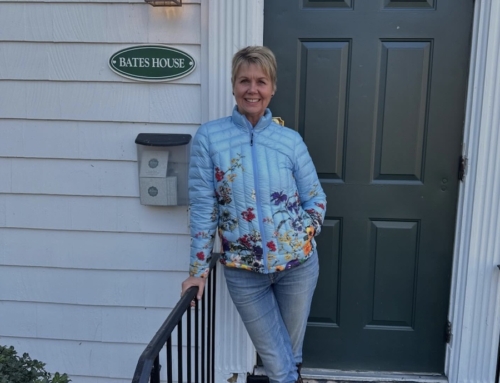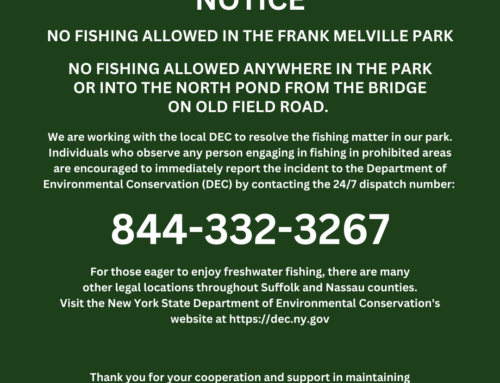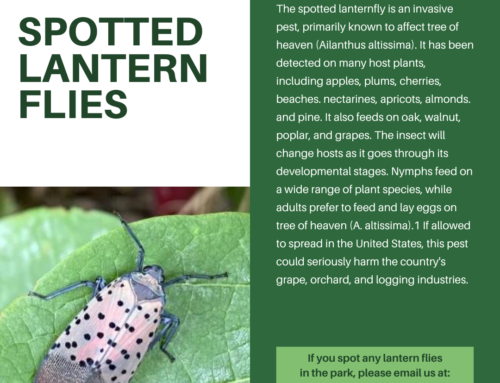Learn how to make a home for birds, butterflies, and nature’s other creatures in your backyard!
Habitat is a combination of food, water, shelter, and space  arranged to meet the needs of wildlife. Even a small yard can be landscaped to attract birds, butterflies, beneficial insects, and small animals. Trees, shrubs, and other plants provide shelter and food for wildlife.
arranged to meet the needs of wildlife. Even a small yard can be landscaped to attract birds, butterflies, beneficial insects, and small animals. Trees, shrubs, and other plants provide shelter and food for wildlife.
The plants you use for food and cover will help determine the wildlife species attracted to your backyard. Nesting boxes, feeders, and watering sites can be added to improve the habitat.
Planning your wildlife habitat
Planning is necessary for attractive and productive wildlife habitat. You have both a horizontal area to work with–the size of your lot–as well as a vertical area that stretches from your soil to the treetops. The vertical area is composed of the canopy formed by the tallest tree branches; understory vegetation consisting of smaller trees, shrubs, and vines; the floor which is often dominated by low-growing groundcovers; and the basement where a variety of organisms exist in the soil. Different wildlife species live in each of these zones, so numerous habitats can be provided on a small piece of land.
Trees and shrubs are the backbone of any landscaping design and are important for wildlife shelter. Many tree and shrub species are excellent sources of food for wildlife. Proper selection of plant material can meet both the aesthetic needs of the homeowner and the food and shelter needs of wildlife. Remember that you are part of the habitat!
The National Wildlife Federation – Create a Wildlife Habitat
Steps to create habitat for wildlife
1. Identify all existing plants, if any.
Note: Condition of the plants and their locations.
How much shade the trees and shrubs provide.
Are trees evergreen or do they drop their leaves in the fall?
Do they provide valuable food sources?
2. Make a sketch of your yard noting all existing plants, buildings, utilities, and pathways. You may even consider removing some plants. In some cases, trees have been planted too close to buildings or have grown much larger than the previous owner envisioned. Some species may be of little wildlife value and may not be particularly attractive. Once you have identified existing plants you want to save, start exploring options for plants that will work well with these species. The existing plants around your yard may be adequate to attract some wildlife, but a few changes can effectively enhance the existing habitat. Diversity in the landscape is necessary. Some plants provide food but very little cover; others provide cover but little food.
3. Add trees, shrubs, flowers, and groundcovers to your plan. Not all the planting needs to be done at once. If money or time is limited, consider it a work in progress.
4. Plant a variety of trees first. Select evergreen species for year-round cover and shelter. Select fruit or nut-bearing plants for a food source. Native species are well suited for providing wildlife habitat because they are adapted to the local soil, climate, and wildlife. Additional considerations for choosing and placement include:
– Eventual size. Whether they are evergreen or deciduous (trees that drop their leaves). Deciduous trees planted on the south side of a house will provide summer shade, but will not completely block winter sun.
– Neighboring properties.
– Flowering and fruiting habit. Select plants that flower and bear fruit at different times of the year. Some shrubs that produce berries can provide food throughout the year. Trees with nuts and fruit can also provide seasonal foods.
5. Fill in with smaller shade-tolerant understory trees and shrubs. Adding these to an existing landscape will enhance the vertical structure that is common in natural landscapes. Many smaller trees and shrubs are colorful in the spring when they flower, and provide berries for fall and winter feed.
6. Flowering annuals (plants that live one growing season) and perennials (plants that live for more than a year) add color to the yard and can be added at any stage to attract birds and butterflies. If your yard is large, consider using part of it for tall native grasses that provide beauty, as well as a natural source of food and shelter. A native wildflower garden provides the same function. Even on a small lot, native wildflowers, as well as some common garden species, can provide attractive habitat for a variety of birds and butterflies. Avoid straight lines and perfect symmetry. Natural habitat has curves and clumps of vegetation. Wildlife is not particularly attracted to a well-manicured lawn. Wildlife is more likely to come out into the open for viewing when the boundary of the yard is designed and maintained as a retreat for animals.
Continued….





